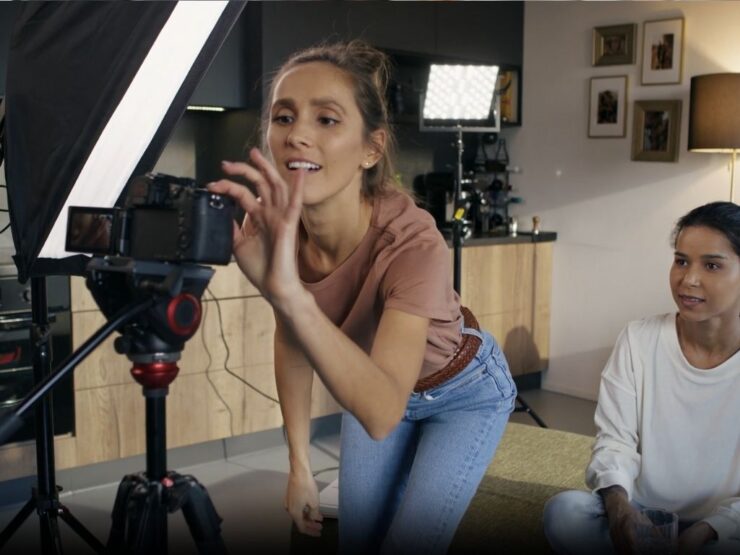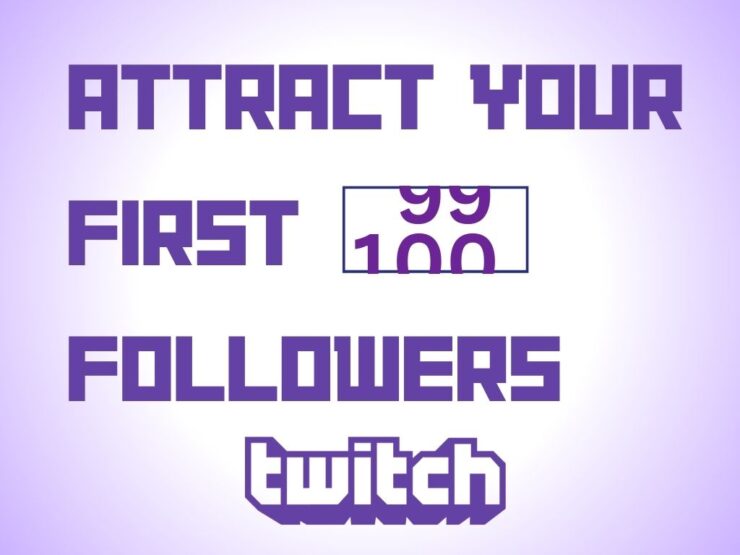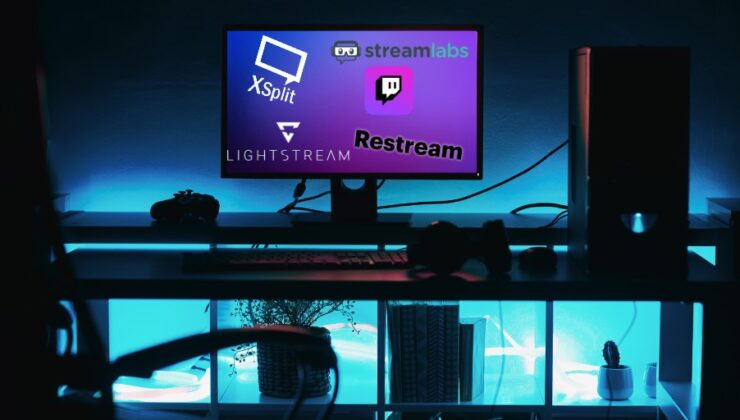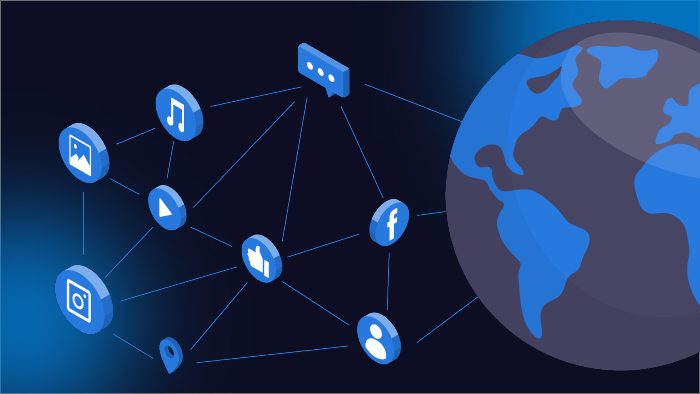Knowing where to start when it comes to streaming looks straightforward, right? Well, it only looks easy.
There are numerous elements that an individual interested in this should consider before he or she is ready to start.
To help you with making uneasy decisions, I’ve decided to shine a light on the most important things you need to know before you can start.
Let’s check them out.

5. Choosing the Right Equipment
Selecting the right equipment is the first step to ensure quality and engagement.
With so much equipment available on the market these days, it is a big problem to find pieces that will help you stand out from the crowd.
Here are some of the pieces you should focus on, on a beginner and advanced level:
| Equipment Type | Beginner Option | Advanced Option |
|---|---|---|
| Cameras | Smartphones or webcams | DSLRs or mirrorless for improved image quality |
| Microphones | Plug-and-play USB microphones | Condenser or dynamic mics for enhanced audio clarity |
| Lighting | Natural light or ring lights | Three-point lighting for a professional look |
| Capture Cards and Encoders | Not typically necessary for basic setups | Capture cards for multi-source video and efficient encoders for high-quality streaming |
Breaking the bank on equipment during the initial steps will not bear fruit. Those who decide to become streamers should be careful with buying hardware that will meet the requirements, and then progress slowly.
4. Setting Up Your Streaming Environment

After you get the equipment, the next step is setting up the environment to your liking and functionality.
Choosing the Right Location
Start by identifying a quiet, isolated area in your home or studio where you can control external noise.
The background of your stream should be tidy and visually appealing, ideally reflecting your personal brand or the theme of your content.
Optimizing Lighting
Effective lighting is essential for creating a professional appearance.
Begin with the basics:
- Position a main light source (like a ring light) in front of you to illuminate your face evenly, minimizing shadows.
- Supplement this with additional lights if possible—one to soften shadows (fill light) and another behind you to help separate you from the background (backlight).
- Adjust the intensity and angles of these lights to eliminate glare, particularly if you wear glasses.
Selecting and Setting Up Software
Choose streaming software that suits your technical needs and comfort level. Popular options like OBS Studio or XSplit offer robust features and flexibility for live broadcasting.
Within your chosen software, take the time to configure settings such as resolution, frame rate, and bitrate based on your hardware capabilities and internet speed.
Testing and Troubleshooting
Before going live, it’s crucial to run several tests to ensure all equipment is functioning correctly.
This includes checking camera focus, audio clarity, and whether the streaming software is capturing your inputs accurately. Look for and resolve any synchronization issues between audio and video.
Also, stream to a private test account if possible to monitor how your broadcast will appear to viewers.
Final Preparations
After testing, make final adjustments to your camera angle, microphone position, and lighting. Ensure that all software settings are saved and that any necessary background applications or notifications are disabled to avoid interruptions during your stream.
3. Choosing a Streaming Platform
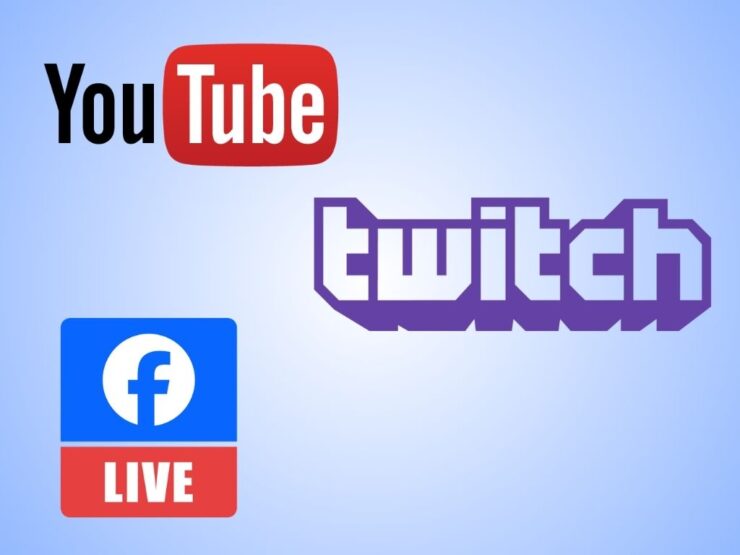
Choosing the right platform is crucial as it influences the potential reach and engagement of your stream.
Here is how this should be done:
Evaluating Platform Options
When choosing a streaming platform, it’s important to understand the specific audience demographics and engagement features of each.
For instance:
Twitch is renowned for its live gaming content and interactive features such as chat emotes and channel subscriptions, making it ideal for interactive, gaming-focused streams.
YouTube Live benefits from YouTube’s massive viewer base and superior video discoverability, which is great for streams that benefit from archival and searchability, such as educational content or workshops.
Facebook Live taps into personal networks, which can be beneficial for community-oriented streams or content aimed at a general audience.
Comparative Features
Each platform also offers unique features and monetization options that can influence your choice.
For example:
YouTube’s integrated video management system allows for a seamless transition between live and recorded content, making it easier to grow an audience through both live streaming and traditional video uploads.
Twitch offers unique engagement tools like Twitch Prime subs and Bits, which can enhance viewer interaction and support.
Facebook’s strength lies in its ability to facilitate streams that directly engage with friends and community groups.
Strategic Multistreaming
Broadcasting to multiple platforms simultaneously, a practice known as multistreaming, expands your potential audience by allowing you to reach viewers across several networks at once.
Tools like Restream.io or Streamlabs can manage multiple streaming outputs, making it easier to broadcast across Twitch, YouTube, and Facebook without needing separate setups for each.
However, multistreaming requires a nuanced approach to content delivery. Each platform has its own culture and user expectations, so it’s crucial to slightly adapt your presentation and interaction to suit each platform’s audience.
For example, interactions on Twitch often involve a lot of direct viewer engagement and use of platform-specific features like raids and emotes, whereas YouTube might focus more on detailed explanations and content clarity to cater to a broader, often more varied audience.
2. Building and Engaging Your Audience

Building and engaging your audience is the hardest part of this process. There is no blueprint you can follow to ensure success.
Therefore, streamers need to be innovative quite often if they are interested in having a prominent channel in the future.
Here are the most important things you should focus on:
| Strategy | Description |
|---|---|
| Maintaining Consistency | Set a regular schedule to build viewer habits and trust. |
| Enhancing Viewer Engagement | Engage actively through chat and interactive content, personalizing interactions. |
| Leveraging Promotion | Announce streams and interact on social media to strengthen viewer relationships. |
| Collaborating and Networking | Partner with streamers and participate in community events to increase visibility. |
| Utilizing Analytics | Use data to tailor content and interactions, aligning with viewer preferences. |
1. Growth and Monetization

Monetizing a stream effectively requires a multi-faceted approach. Consider integrating advertisements that resonate with your audience without disrupting the viewing experience.
Subscriptions offer a steady income and can be incentivized with exclusive content, badges, or special privileges.
Here are some of the platforms you should consider using:
| Donation Platform | Description |
|---|---|
| PayPal | The global platform for secure, direct payments, ideal for international use. |
| Patreon | Subscription-based platform offering exclusive benefits for different support levels. |
| Ko-fi | The platform for one-time donations, suitable for casual support without commitments. |
| Streamlabs | Integrates with streaming setups to facilitate donations and display live alerts. |
| Super Chat and Super Stickers on YouTube | Enhances viewer visibility during live streams with highlighted messages or stickers, providing financial support. |
Sponsorships with brands aligned with your content can also offer substantial financial backing.
Merchandising—such as selling branded apparel or accessories—can significantly boost revenue if you’ve cultivated a dedicated fanbase. Growth in streaming is about maintaining viewer interest.
Use analytics tools to track viewer engagement and preferences. This data can inform your content strategy, helping you understand what works and what doesn’t.
For example, if certain types of streams have higher engagement rates, you might consider producing more content in that style or on those topics. When you see the pattern for the first time, it’ll be clearer to you what should be done.
Be prepared to make some adjustments when needed. As we all know, trends come and go, it is up to us to follow them and take the most out of what they offer.
Summary
Now that you have seen all the most important factors, you can start making a to-do list.
Always keep in mind that consulting with someone experienced in this field is a good thing to do.
Do not hesitate to do it.



